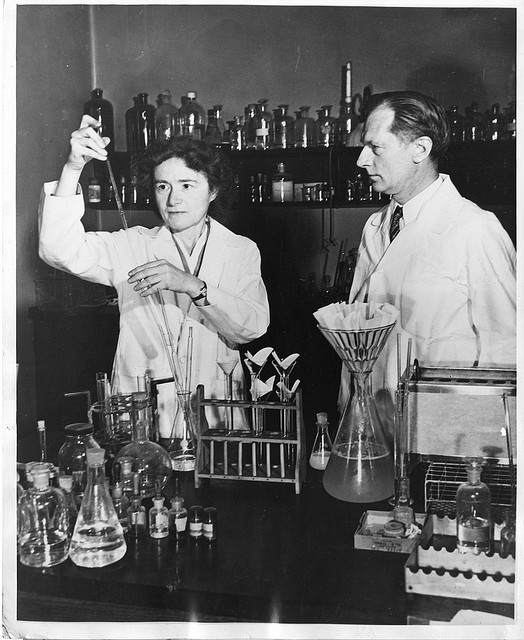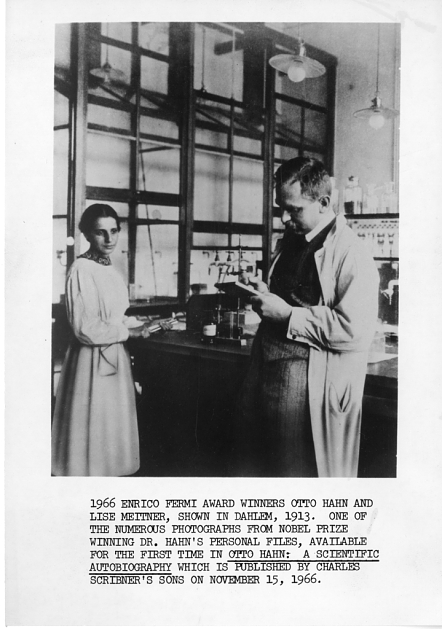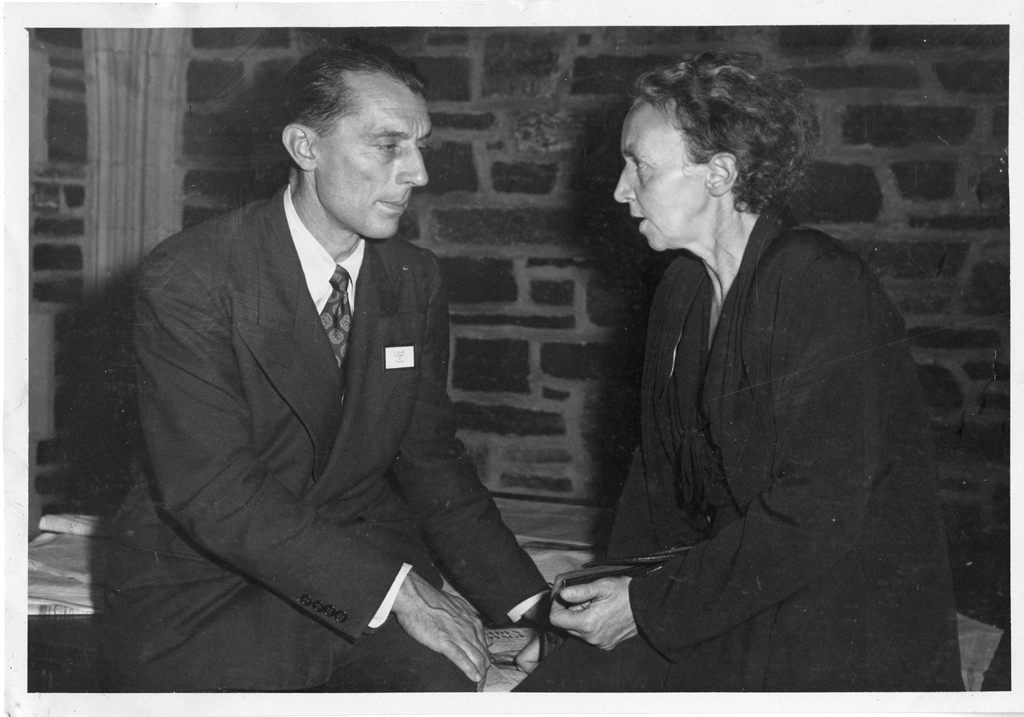Tomorrow marks the anniversary of the first Nobel Prize awarded in 1901. The recipients that year were:
- Wilhelm Conrad Röntgen (physics) "in recognition of the extraordinary services he has rendered by the discovery of the remarkable rays subsequently named after him"
- Jacobus Henricus van 't Hoff (chemistry) "in recognition of the extraordinary services he has rendered by the discovery of the laws of chemical dynamics and osmotic pressure in solutions"
- Sully Prudhomme (Literature) "in special recognition of his poetic composition, which gives evidence of lofty idealism, artistic perfection and a rare combination of the qualities of both heart and intellect"
- Emil Adolf von Behring (physiology or medicine) "for his work on serum therapy, especially its application against diphtheria, by which he has opened a new road in the domain of medical science and thereby placed in the hands of the physician a victorious weapon against illness and deaths."
- Jean Henry Dunant and Frédéric Passy (Peace)
The first woman to receive the prestigious award was Marie Curie, who was awarded twice with the 1903 Nobel Prize in Physics and the 1911 Nobel Prize in Chemistry. In the history of the Nobel Prize, out of the 889 Nobel Prizes laureates, only 46 have been women. As Marcel Chotkowski LaFollette points out in her recent piece for the Hillman Photography Initiative, the small numbers don't represent the actual contributions women have made. LaFollette examines the culture surrounding physical chemist Rosalind Elsie Franklin, who was the first person to image DNA structure.
Without Franklin's knowledge, Maurice Wilkins, one of Franklin's colleagues, shared her photograph with two other scientists also researching DNA, James Watson and Maurice Crick. Because of their interpretation of the image, the three men went on to win the 1962 Nobel Prize in Physiology or Medicine for the discovery of the molecular structure of DNA; basically an interpretation Franklin had hypothesized in 1952. For many years, Franklin was left out of the history books when it came to this historic discovery. As LaFollette describes, "Credit should go to the flyboys, the creative geniuses, not the others. 'Technical stuff' was 'woman's work.'"
In honor of this anniversary, we'd like to highlight the women scientists in our collections who have broken boundaries to capture the elusive Noble Prize. We also include one woman, Austrian-born physicist, Lise Meitner, who was overlooked when her colleague, Otto Hahn, won the Noble Prize for the discovery of nuclear fission in 1945.
Related Resources
- Women Scientists in the Smithsonian Institution Archives Collections on Flickr Commons
- "Woman's Work: How Rosalind Franklin's 'Photo 51' Told Us the Truth about Ourselves," by Marcel Chotkowski LaFollette, Hillman Photography Initiative
- "There are Prizes...and There are Winners," by Marcel Chotkowski LaFollette, Bigger Picture
- "Is the Nobel Prize a boys mostly club?," National Public Radio
Related Collections
Produced by the Smithsonian Institution Archives. For copyright questions, please see the Terms of Use.






Leave a Comment